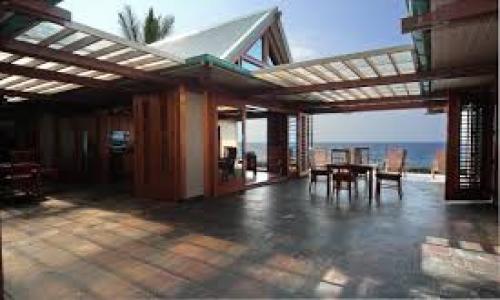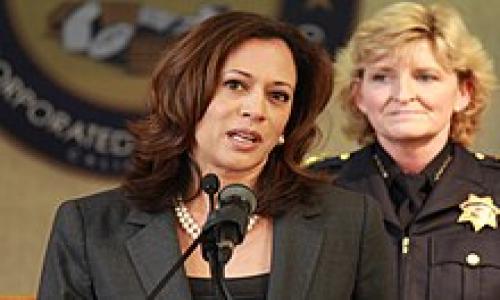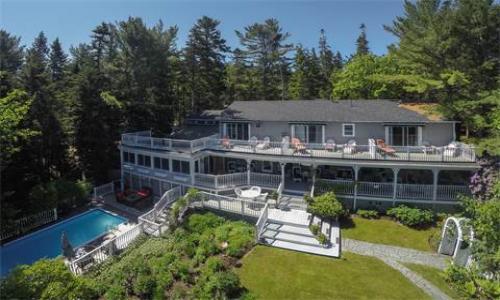The National Association of Realtors fourth quarter home sales results are out and they tell us what we expected - home sales surged at the end of 2010. The reason: record low interest rates as well as the homebuyer tax credit.
From the press release:
"Sales increased from the third quarter in 48 states and the District of Columbia; 32 states saw double-digit gains. Year-over-year sales were higher in 49 states and D.C.; all but three states had double-digit annual increases.
Total state existing-home sales, including single-family and condo, jumped 13.9 percent to a seasonally adjusted annual rate of 6.03 million in the fourth quarter from 5.29 million in the third quarter, and are 27.2 percent above the 4.74 million-unit level in the fourth quarter of 2008. Distressed property accounted for 32 percent of fourth quarter transactions, down from 37 percent a year earlier."
None of this should come as a suprise. Mortgage rates hit record lows in December 2009 and the end of the government tax credit last Novembmer spurred many buyers into the market. The tax credit was subsequently renewed through April 2010.
The NAR has always been the cheerleader for the Real Estate industry, as they should be. It's in there interest to talk up the market and spur sales. After all, they don't make money if homes don't sell.
Lawrence Yun , NAR chief economist, said the first-time home buyer tax credit was the dominant factor. “The surge in home sales was driven by buyers responding strongly to the tax credit combined with record low mortgage interest rates,” he said. “With inventory levels trending down over the past 18 months, we expect broadly balanced housing market conditions in much of the country by late spring with more areas showing higher prices.”
But what happens when the tax credit expires and mortgage rates move up, assuming they will? Will that result in a broadly balanced housing market? I remember similar cheerleading when the housing market was going up, up, up from 2000-2005. Bubble, what bubble? I don't think the NAR ever said that prices were ridiculously high in some regions of the country. Once again, that's their perogative but be careful in reading their data.
As pointed out here, mortgage defaults paint a picture of a real estate market that is still very sick. In addition, foreclosures increased by over 10% in January 2010 from January 2009.
I hope the NAR stats stick and the housing market is really improving, but I'm going to remain skeptical until more data emerges.










Add your Comment
use your Google account
or use your BestCashCow account